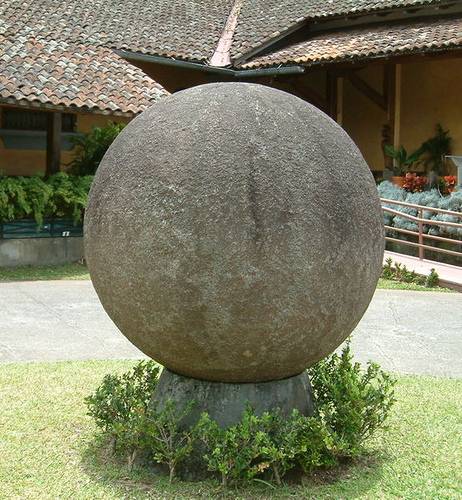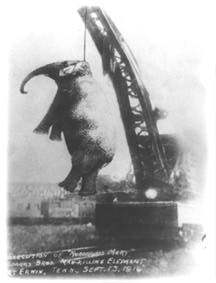In the twentieth year of Queen Elizabeth, a blacksmith named Mark Scaliot, made a lock consisting of eleven pieces of iron, steel and brass, all which, together with a key to it, weighed but one grain of gold. He also made a chain of gold, consisting of forty-three links, and, having fastened this to the before-mentioned lock and key, he put the chain about the neck of a flea, which drew them all with ease. All these together, lock and key, chain and flea, weighed only one grain and a half.
Oswaldus Norhingerus, who was more famous even than Scaliot for his minute contrivances, is said to have made 1,600 dishes of turned ivory, all perfect and complete in every part, yet so small, thin and slender, that all of them were included at once in a cup turned out of a pepper-corn of the common size. Johannes Shad, of Mitelbrach, carried this wonderful work with him to Rome, and showed it to Pope Paul V., who saw and counted them all by the help of a pair of spectacles. They were so little as to be almost invisible to the eye.
Johannes Ferrarius, a Jesuit, had in his posession cannons of wood, with their carriages, wheels, and all other military furniture, all of which were also contained in a pepper-corn of the ordinary size.
An artist, named Claudius Callus, made for Hippolytus d’Este, Cardinal of Ferrara, representations of sundry birds setting on the tops of trees, which, by hydraulic art and secret conveyance of water through the trunks and branches of the trees, were made to sing and clap their wings; but, at the sudden appearance of an owl out of a bush of the same artifice, they immediately became all mute and silent.
— Burroughs’ Encyclopaedia of Astounding Facts and Useful Information, 1889




